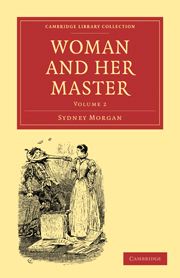Summary
The vestiges of some great physical revolution in the Peninsula of Italy have accredited the hypothesis that Sicily, originally part of the main land, was separated from the continent by that concussion. Whatever were the races which then inhabited the main land, (if, indeed, this event did not precede the appearance of man in the region,) they must have been driven by the inundation which accompanied it, to those cloud-capped mountains that rose above the world of waters, raging at their base.
Without, however, recurring to such an hypothesis, there are sufficient evidences that the plains of Italy, such as they now exist? have been the creations of a comparatively recent date; and that at an epoch not very remote from the dawning of traditional history, the soil must have remained too loaded with water and unconsolidated, to admit of cultivation, or to form a healthy abode for the human animal. There seems good reason, therefore, for believing that the so called aborigines were a rude and simple race, ignorant of agriculture and the arts, and scattered with their flocks through the ravines of the Appenines.
When the settling of the elements, the progressive elevation of the soil, and the sinking of the waters, had changed the face of nature, a region was opened to the Alpine colonists, the most beautiful and fertile that imagination can portray.
- Type
- Chapter
- Information
- Woman and her Master , pp. 17 - 59Publisher: Cambridge University PressPrint publication year: 2010First published in: 1840

